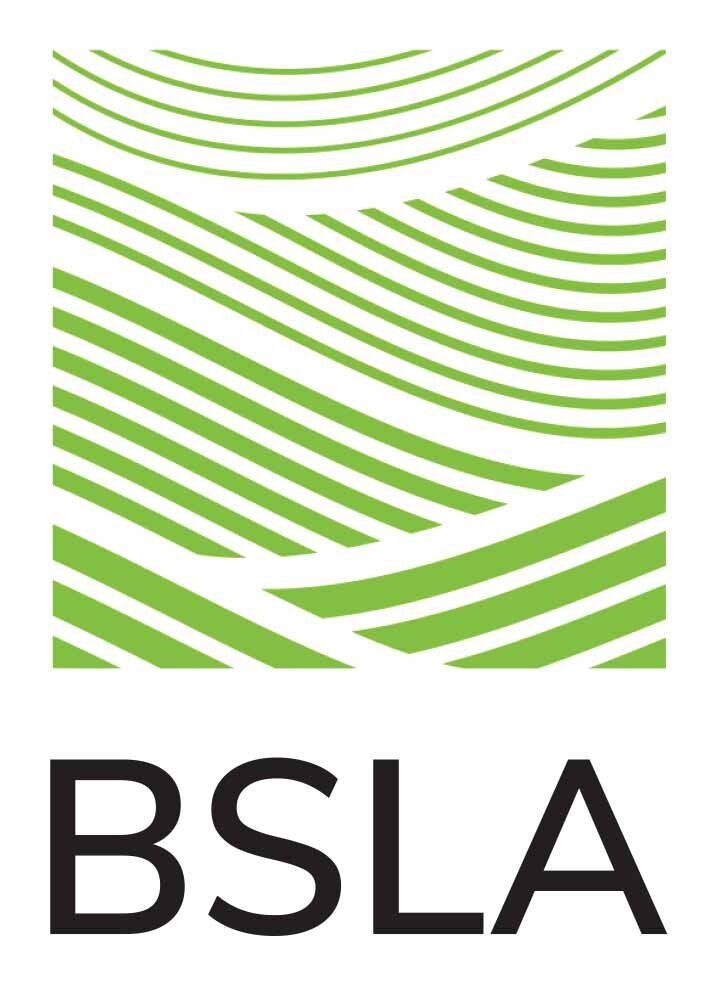The Topography of Wellness: How Health and Disease Shaped the American Landscape
The Maine Section of BSLA/ASLA, along with the Portland Society for Architecture and AIA Maine, are pleased to collaborate on a series of talks reflecting on the past and looking toward the future, "One year after" the COVID crisis transformed our cities. We aim to dive deeper into how we can rebuild our places and spaces to be safe, healthy, and equitable for all.
1.0 LA CES HSW
Step 1: Watch the recording
Step 2: Take the quiz
Step 3: Complete the course evaluation
Step 4: Receive certificate!
Please allow 1-2 weeks to receive a certificate via email to the email address provided. Questions? email admin@bslanow.org or gretchen@bslanow.org.
FEATURING
Sara Jensen Carr, ASLA, Assistant Professor, Northeastern University
(Recorded March 19, 2021)
SESSION DESCRIPTION
Our changing understanding of the reciprocal relationship between the environment and the body is reflected in the palimpsests of our urban landscape. Concepts of wellness, disease, and treatment have influenced urban design from the Industrial Revolution to today, and the results have ranged from successful to unintended incubations of the next generation of illnesses. As we face a rupture in the parallel histories of public health and the public realm, examining our built environment through this lens is necessary to frame today’s most urgent questions. This talk looks to the past in order to offer meditations on how the urban landscape must shift again to address the intertwined issues of our pandemic present, social justice, and climate change for a healthier future for all.
Learning Objectives:
Recognize how public health crises have been and can be addressed through urban design.
Apply emerging research on built environment and health to present day practices.
Identify the connections between urban design, climate change, and health outcomes.
Understand how the history of urban design and health has influenced the present-day environment.

